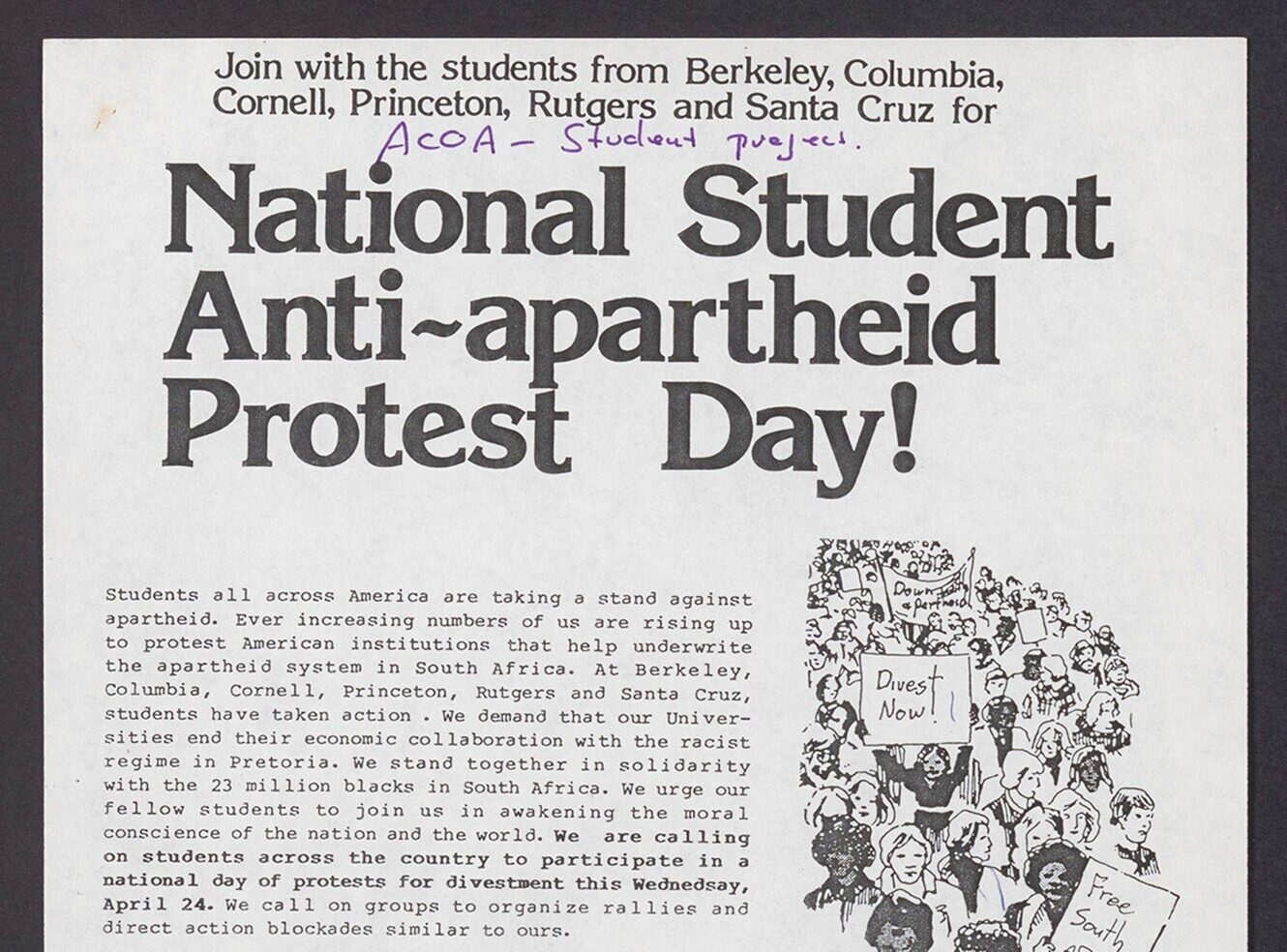ATALM and the Revitalisation of Indigenous Languages
On a recent research trip I was lucky enough to attend the International Conference of Indigenous Archives, Libraries, and Museums held by the Association of Tribal Archives, Libraries, and Museums (ATALM). Situated in Washington DC this year and hosted by the National Museum of the American Indian (NMAI), the conference was an opportunity for library, museum and archival staff, together with individuals and groups from a number of different fields, to discuss and share experiences in an important effort to develop and refine goals for both Indigenous and non-Indigenous organisations and communities.
 Image courtesy of Wikipedia.
Image courtesy of Wikipedia.
The conference programme this year was bigger and more established, a sign of the growing importance of this meeting and the significant role played by ATALM in its quest to protect and advance cultural sovereignty. An obvious sign of this development were two additional days of events in the conference programme on offer to attendees: one extra day for important Summit Meetings (on topics such as digital inclusion in Indigenous Communities and protocols for archival materials) and for the first time a day-long Language Institute. And it was clear that one of the key topics at the conference this year was the preservation and revitalisation of Indigenous languages, including some that are endangered.
A number of the panels and very moving talks I attended described the efforts of groups and communities to ensure many of these languages are still regularly spoken, particularly among younger generations. For some languages that are spoken very little or not at all great efforts are underway to revitalise them using archival documents written in various Indigenous languages, such as the document below from Adam Matthew’s Indigenous Histories and Cultures in North America. Individuals and groups are painstakingly working through documents like this to ensure that individual languages are not lost and forgotten, a process no doubt greatly advanced by the digitisation of archival materials.
-1.jpg)

Translations in the Potawatomi language, 1832. Images © The Newberry Library. Further reproduction prohibited without permission.
In addition to language revitalisation, presenters and conference attendees from various Indigenous Communities offered their own experiences of many other forms of cultural preservation, including specular beadwork and basketry to name but two. On seeing such great works in action, it was clear to me just how important this continuing work is and that it is in safe hands under the guidance of the Association of Tribal Archives, Libraries, and Museums.
Indigenous Histories and Cultures in North America is available now. Full access restricted to authenticated academic institutions who have purchased a licence. For more information, including trial access and price enquiries, please send an email to info@amdigital.co.uk.
Recent posts

The blog highlights American Committee on Africa, module II's rich documentation of anti-apartheid activism, focusing on the National Peace Accord, global solidarity, and student-led divestment campaigns. It explores the pivotal role of universities, protests, and public education in pressuring institutions to divest from apartheid, shaping global attitudes toward social justice and reform.

This blog examines how primary sources can be used to trace the impact of young voices on society, particularly during pivotal voting reforms in the UK and the US. Explore materials that reveal insights into youth activism, intergenerational gaps, and societal perceptions, highlighting their interdisciplinary value for studying youth culture, activism, and girlhood across history.
